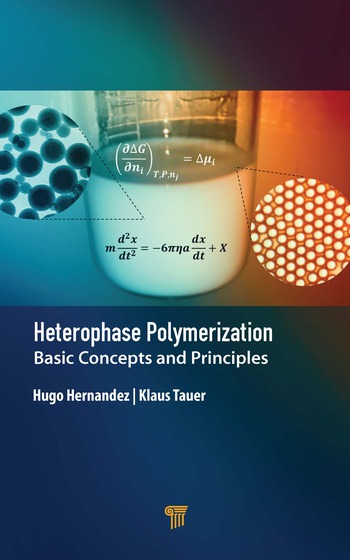Ask Dr. Dave
May 2005
QUESTION:
I want to use an epoxy adhesive for a high-temperature application but don't want to use a long heat cure. Can I use the fast-curing "five-minute" epoxies for high-temperature applications?ANSWER:
In general, all two-part epoxies that are cured at room temperature have a heat-distortion temperature in the 60-80°C range. This means they will lose rigidity at these temperatures and tend to creep in a bond-line that is under stress. However, highly filled, fast-curing epoxies have been used successfully for many years in high-temperature situations, such as in under-the-hood auto repairs. By using metallic or metal-oxide fillers, these so-called "cold-welding compounds" perform very well in semi-structural bonds. There are also special industrial fast-curing epoxies that will withstand temperatures of over 200°C continuously; many of these use ceramic fillers.QUESTION:
We bond a range of metallic components to themselves and to a fiberglass sheet-molding compound. I've been reading a lot these days about new polyurethane adhesives. Should I consider changing from my trusted epoxy adhesives to a polyurethane adhesive?ANSWER:
There have been considerable advances in polyurethanes in recent years, both in one-component and two-component adhesives. Polyurethanes do not have the extreme high performance of highly crosslinked epoxies, or the instant curing of toughened cyanoacrylates, but they are extremely versatile systems that can be formulated from hard to very flexible systems to form tough bonds with high peel strength. They also compete with reactive acrylics in many large-area bonding situations. Good examples of the successful application of polyurethanes can be found in the bonding of automotive windshields and the assembly of fiberglass auto body panels. Polyurethanes have also replaced polychloroprene contact cements in many applications, such as in shoe manufacturing. I would certainly recommend that you test these adhesives for your applications, particularly if extra bond toughness would be a benefit.Looking for a reprint of this article?
From high-res PDFs to custom plaques, order your copy today!






